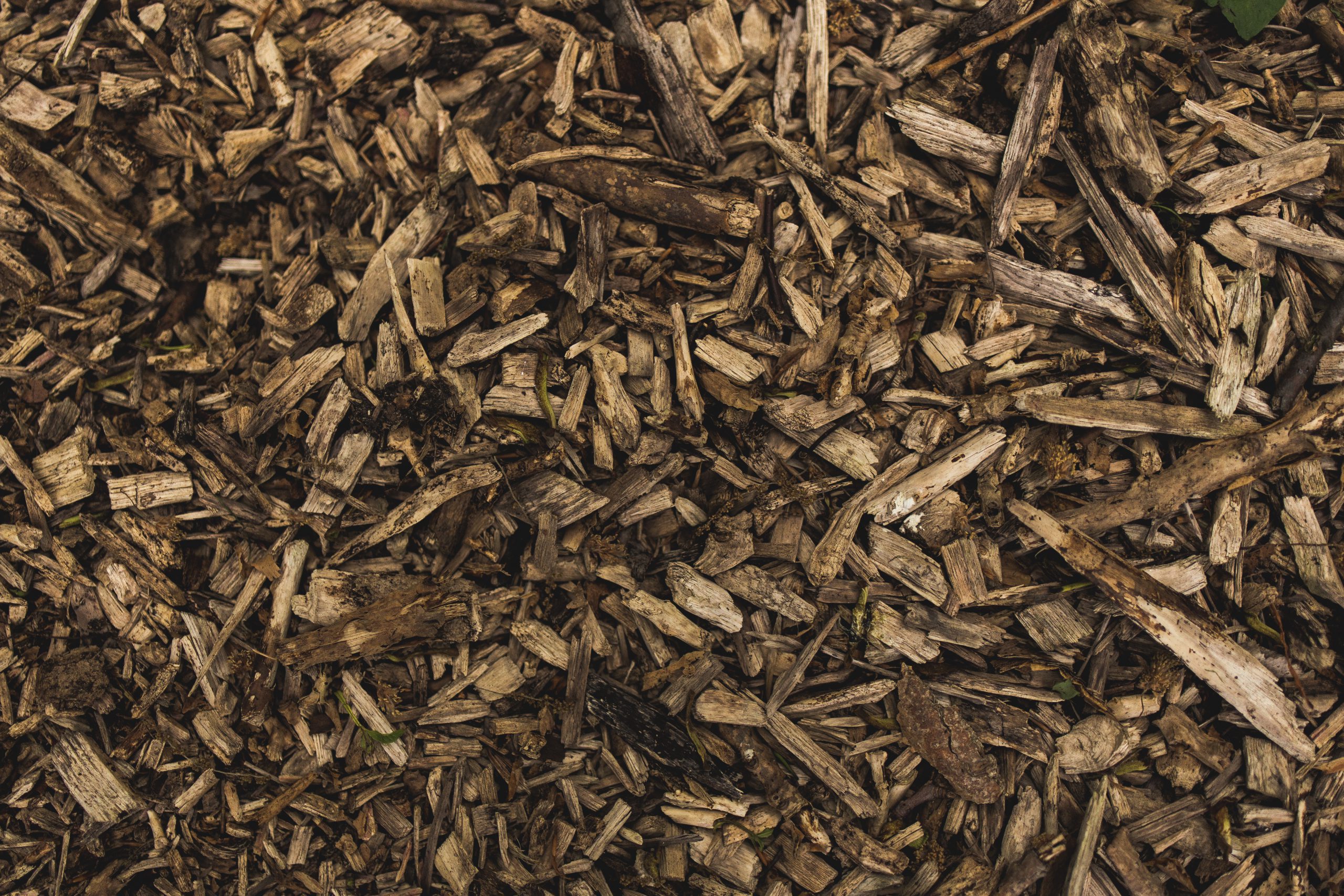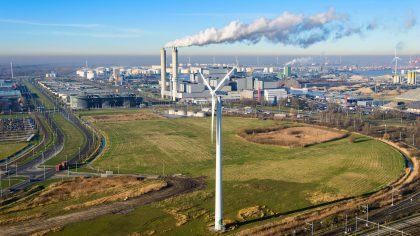For this analysis, two scenarios developed by TNO in 2020 were used that describe possible developments for the transition to a sustainable energy system for the Netherlands up to 2050. The scenarios – ADAPT and TRANSFORM – achieve the objective to reduce 49% of greenhouse gas (GHG) emissions by 2030 and a 95% GHG emission reduction by 2050. In both scenarios, the use of biomass makes an important contribution towards lowering GHG emissions and achieving climate goals. In the ADAPT scenario, in particular, the use of bio-energy with carbon capture and storage (or BECCS) plays an important role up to 2050.
Two scenarios developed by TNO in 2020
In the presen t analysis, the phasing out of woody biomass for heat applications was investigated by comparing quantitative projections of two scenario variants with the ADAPT and TRANSFORM scenarios as a reference. The quantitative projections for the scenarios and variants have been made using a techno-economic optimization model to analyse the entire Dutch energy system as an integrated system. In the first variant, woody biomass is not used for heat applications in the built environment, including district heating. In the second variant, the use of woody biomass is additionally restricted for thermal conversion in industry and in the agriculture sector. The two scenarios variants show that a restricted supply of woody biomass leads to shifts in the allocation of GHG emissions reductions in different sectors. The results from the analysis have been used by the Netherlands Environmental Assessment Agency (PBL) to advise the Ministry of Economic Affairs and Climate Change (EZK) on the biomass phase-out strategy.



